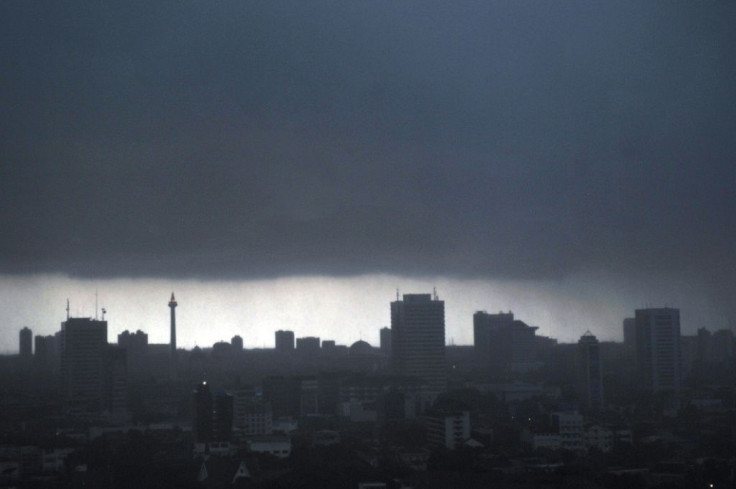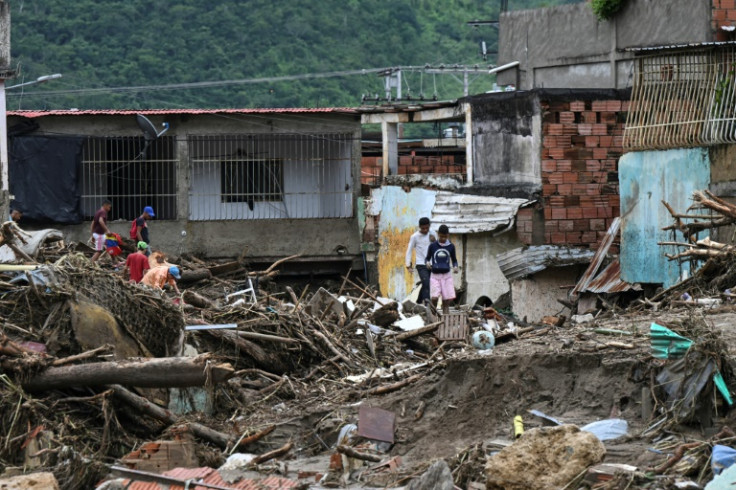Winter Is Coming: NOAA Predicts Record La Niña More Bad News For US Drought
The National Oceanic and Atmospheric Association (NOAA) announced its U.S. Winter Weather Outlook on Thursday, predicting a continuation of La Niña conditions in the West, a dry season for the South, and an ongoing drought for the Midwest.
La Niña is predicted to persist through the end of 2022, marking the first time this century that the weather phenomenon has occurred three years in a row. Considered the colder cousin of El Niña, La Niña occurs when winds blows over the tropical Pacific Ocean, causing surface temperatures to cool.
The change in ocean temperature and the push of warm air cause high-pressure systems to move north. La Niña directs the polar jet stream north, typically causing drought and dry weather conditions in the South and above-average precipitation and cold weather in the North.

NOAA predicts warmer-than-average winter conditions in Western Alaska, the Central Great Basin, and the Southwest into the Southern Plains. Colder-than-average conditions are anticipated in the Pacific Northwest into the Western Great Lakes region.
The Pacific Northwest, Western Alaska, and the Ohio Valley are expected to have higher precipitation levels. In contrast, California, the Southern Rockies, the Southwest, and the South Gulf region should expect dryer than average conditions.
The current predictions do not bode well for much of the nation seeking drought relief. Drought conditions are expected to stay the same or worsen over the winter and move into the middle and lower Mississippi Valley. In April, NAOO reported that the 'megadrought' affecting the Southwest is moving eastward.
On Tuesday, the U.S. Drought Monitor released its weekly findings, stating over 80% of the country is experiencing at least abnormally dry conditions, with close to 60% entering or experiencing drought and 3% of the continental U.S. already in extreme drought.

A dry winter will only exacerbate Southern drought conditions. Bodies of water are drying up across the U.S., with depleted water levels in lakes, rivers, and reservoirs. The ongoing drought affects multiple significant industries, including electricity, energy, trade, and agriculture.
Drought in the central U.S. is threatening 2023 wheat yields, while California is increasing costs for tomatoes and other food staples. Rising food prices and a September inflation rate of 8.2% provide a grim picture of what American consumers can expect going into 2023.
In an August press release, World Meteorological Organization Secretary-General Petteri Taalas said that three consecutive years of La Niña are exceptional. "Its cooling influence is temporarily slowing the rise in global temperatures – but it will not halt or reverse the long-term warming trend," Taalas said.

Globally, drought is worsening in South America and the Horn of Africa. Southeast Asia, Australia, and areas of the Pacific are expected to have higher levels of rainfall, prompting fears of flooding. Catastrophic flooding in Venezuela and Southeast Asia has killed dozens in recent weeks.
© Copyright IBTimes 2024. All rights reserved.





















